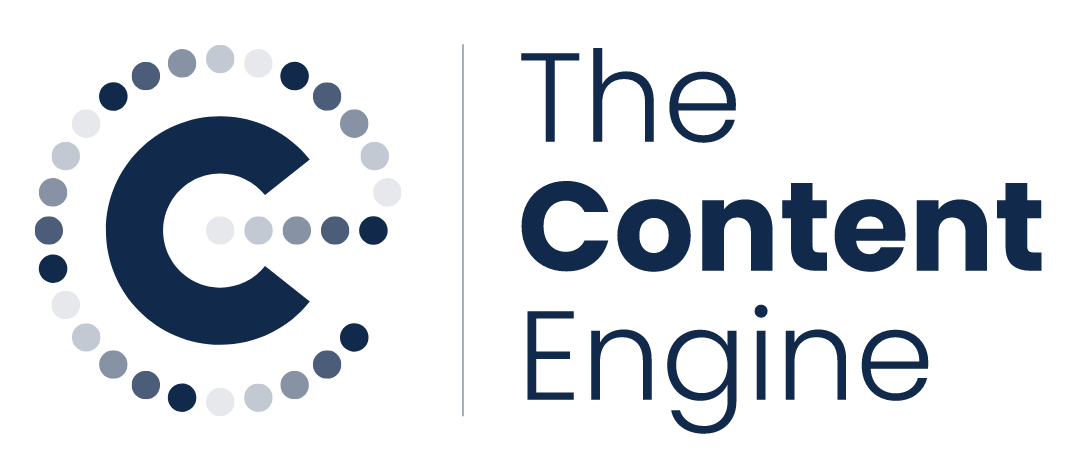What is the right tone of voice for social media?
Social media can be a savage garden.
Every minute of every day, millions of brands around the world are battling it out for small fragments of our online attention. But with so much content fired our way, we’re becoming more selective over what we engage with.
People can see straight through an overly slick video, empty sustainability promise or out-of-touch corporate jargon. Or, worse still, they might not even register it at all.
Instead, they’re turning their attention to posts which speak to them directly and stories they can relate to, written in language they understand. Communicating in this more natural, ‘human’ tone of voice on your social channels isn’t always easy, especially when there are key messages you need to get across. But it’s important – to the busy humans you're trying to reach and, by extension, the algorithms processing your posts.
So how do you give your social media a more personal touch?
It depends who you are
The voice you adopt will vary with the sector you're in and the issues you're talking about.
Are you a humanitarian organisation? Speak with compassion. Using emotive language and imagery alongside the hard-hitting stats will help audiences to empathise with your cause, making them more likely to engage with your content. And, if your work is helping people, put them centre stage and let their stories do the talking. CYBATHLON and Gavi, the Vaccine Alliance do this very effectively.
Are you an environmental organisation? Speak with urgency. Share data to illustrate the threat of climate change but ensure that your data is related to your intended audience. The United Nations Office for Disaster Risk Reduction and the Environmental Defense Fund find a good balance between highlighting the danger and sharing positive, inspiring stories about how it’s being addressed.
Are you a science or technology organisation? Clarity is key. Your content should be understandable at a glance, so avoid filling your timelines with dense, technical language. This extends to everything from graphs to the units of measurement you use, so be sure to convert statistics into something that your audience will have come across before. And, as mentioned above, try to go beyond the concepts and spell out its real-life implications, as demonstrated perfectly in this video from GESDA.
Are you selling a product? Be informative. Your timeline isn’t just a place to advertise. Instead, share interesting facts about your products, exciting situations where they’ve been applied, stories about how they’re made and the people who make them. Whether you’re reaching out to specialists on LinkedIn or a general audience on Instagram, this will grab people’s attention better than the hard sell. Global construction leader Holcim is a great example to follow.
Are you in professional services or finance? Put people front and centre. Use testimony from customers that your business has helped or colleagues with expertise to share. Even if you’re appealing to a specialist audience, organic approaches like these are an engaging way to explain what your business can offer. And they’re definitely more eye-catching for audiences than detached, technical content. Zurich Insurance and The Geneva Association produce accessible content with a distinctly personal touch.
Remember the bigger picture
Whatever sector you’re in, it’s a good idea to remind people why you do what you do. You and your team might well know the important contribution you’re making to the world, but does your audience?
Situating your work in the wider context of an issue – anything from climate change to a megatrend happening in your industry – will help your audience understand why it’s important and relevant to them.
Don’t just tell us a product is sustainable – lay out how it’s helping to reduce the footprint of your sector and why that’s significant.
Don’t just announce you’re attending or hosting an event – tell us what you’re hoping to achieve there and how guests can benefit by coming.
If you look outwards at the world, you’ll be surprised how many users return your gaze.
Embrace casual language
Social media is all about talking to people, not at them.
Nothing will switch people off faster than cold corporate jargon, complete with classics like: ‘stakeholders’, ‘leveraging’ and ‘deploying’. So save these buzzwords for the boardroom and swap them for more casual, everyday language.
Innocent Drinks has built a massive social media following by establishing a playful, humorous tone of voice. And, while you might not need to go as far as this, Innocent’s success shows just how well people respond to accessible language – yes, even on LinkedIn.
Social media should be your window to the world, a space to chat with your network of customers and reach out to new ones.
Setting a tone of voice that suits your organisation is a great way to begin those conversations on the right foot.
